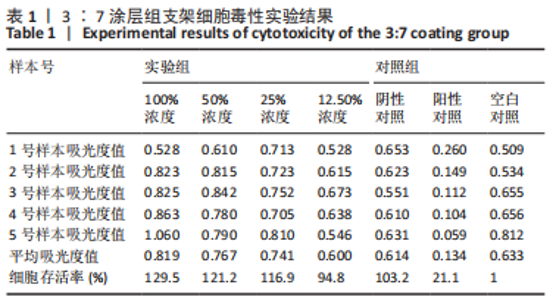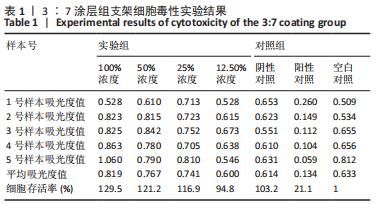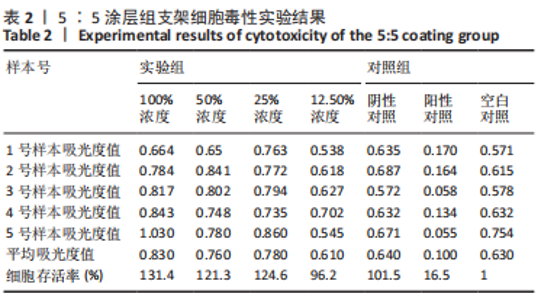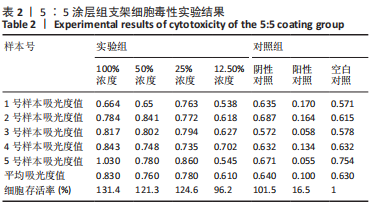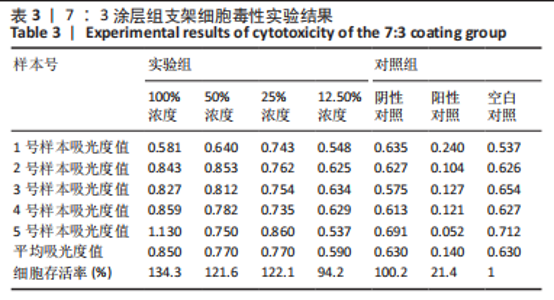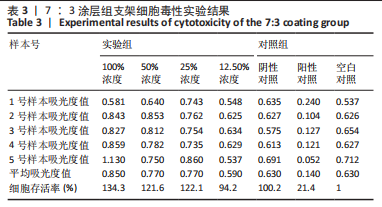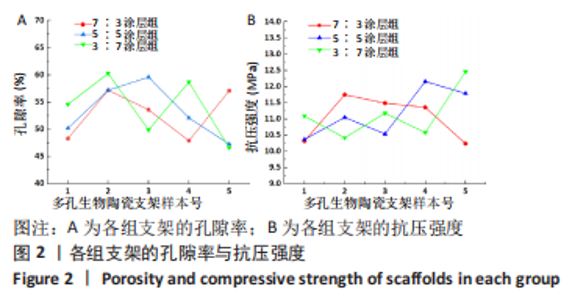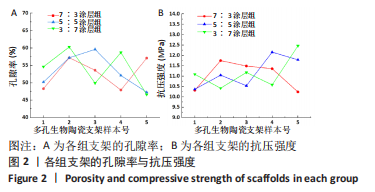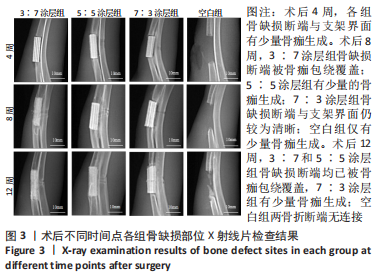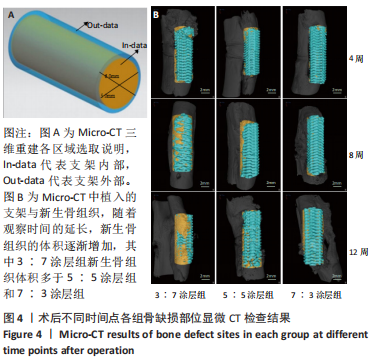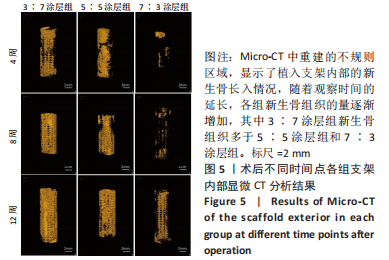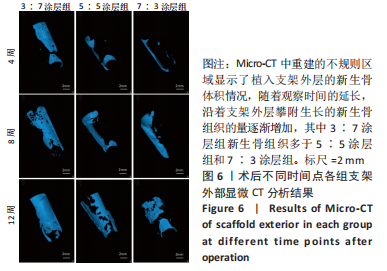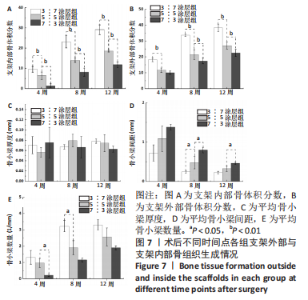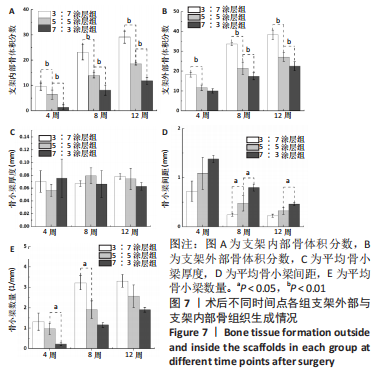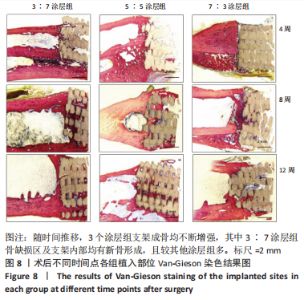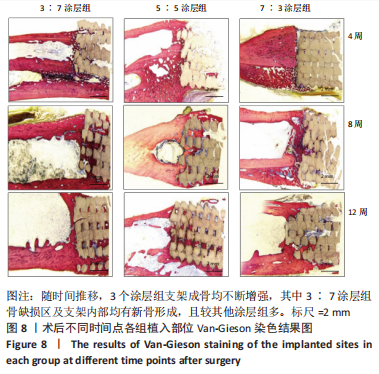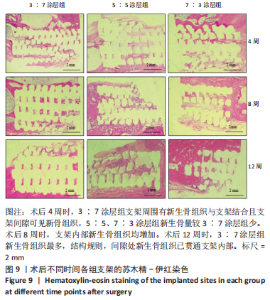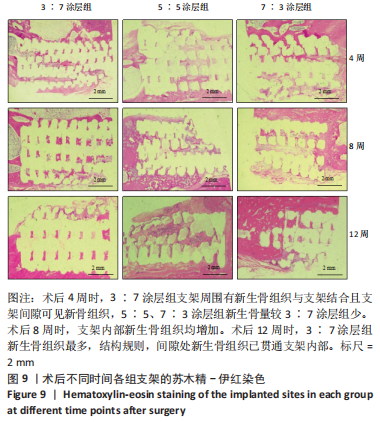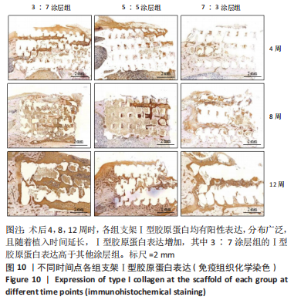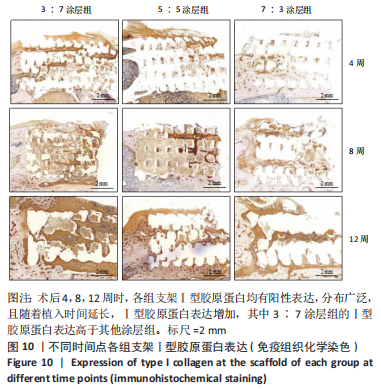[1] 邹波,高秋明,黄强,等.大段骨缺损外科治疗方法的应用研究进展[J].山东医药,2021,61(36):91-95.
[2] 赵御森,王海波,孟宪勇,等.组织工程骨修复超临界骨缺损研究进展[J].河北北方学院学报(自然科学版),2013,29(1):95-99.
[3] 宋恺,赵爽,田耘,等. 3D打印假体植入修复四肢大段骨缺损的围手术期管理[J].中华骨与关节外科杂志,2021,14(8):712-716.
[4] 邢浩,张永红,王栋.长骨大段骨缺损修复方法的优势与不足[J].中国组织工程研究,2021,25(3):426-430.
[5] SHAO H, SUN M, ZHANG F, et al. Custom repair of mandibular bone defects with 3D printed bioceramic scaffold. J Dent Res. 2018;97(1):68-76.
[6] 周思佳,姜文学,尤佳.骨缺损修复材料:现状与需求和未来[J].中国组织工程研究,2018,22(14):2251-2258.
[7] 刘岩,马信龙.人工骨修复材料及金属钛材料在骨组织工程中的应用[J].中国组织工程研究,2012,16(12):2229-2232.
[8] SALLEH EM, ZUHAILAWATI H, NOOR SNFM, et al. In Vitro Biodegradation and Mechanical Properties of Mg-Zn Alloy and Mg-Zn-Hydroxyapatite Composite Produced by Mechanical Alloying for Potential Application in Bone Repair. Metall Mater Trans A. 2018;49(11):5888-5903.
[9] 林柳兰,周建勇.3D打印聚醚醚酮及其复合材料修复骨缺损的应用现况[J].中国组织工程研究,2020,24(10):1622-1628.
[10] 范亚楠,陈俊名,何沛霖,等.多孔陶瓷生物材料治疗早中期非创伤性股骨头坏死的临床研究[J].中华骨与关节外科杂志,2022,15(2):81-86.
[11] ZHENG J, ZHAO H, OUYANG Z, et al. Additively-manufactured PEEK/HA porous scaffolds with excellent osteogenesis for bone tissue repairing. Composites Part B. 2022;232:1359-8368.
[12] ERIC R, SHUO S. Compressive strength of β-TCP scaffolds fabricated via lithography-based manufacturing for bone tissue engineering. Ceram Int. 2022; 48(11):15516-15524.
[13] MOFAKHAMI S, SALAHINEJAD E. Biphasic calcium phosphate microspheres in biomedical applications. J Control Release. 2021;338:527-536.
[14] MEHMET T, BURAK D, MEHMET G, et al. Effect of hydroxyapatite: zirconia volume fraction ratio on mechanical and corrosive properties of Ti-matrix composite scaffolds.T Nonferr Metal Soc. 2022;32(3):882-894.
[15] 侯丹,陈晓事,毛茵茵,等.β-TCP材料改性研究进展及在骨缺损修复中的应用[J].生物骨科材料与临床研究,2021,18(5):74-77.
[16] WEN Y, XUN S, HAOYE M, et al. 3D printed porous ceramic scaffolds for bone tissue engineering: a review. Biomater Sci. 2017;5(9):1690-1698.
[17] LIU CG, ZENG YT, KANKALA RK, et al. Characterization and preliminary biological evaluation of 3D-printed porous scaffolds for engineering bone tissues. Materials. 2018;11(10):1832.
[18] ZAFAR MJ, ZHU D, ZHANG Z. 3D printing of bioceramics for bone tissue engineering. Materials. 2019;12(20):3361.
[19] THUNSIRI K, PITJAMIT S, POTHACHAROEN P, et al. The 3D-printed bilayer’s bioactive-biomaterials scaffold for full-thickness articular cartilage defects treatment. Materials. 2020;13(15):3417.
[20] QI X, WANG H, ZHANG Y, et al. Mesoporous bioactive glass-coated 3D printed borosilicate bioactive glass scaffolds for improving repair of bone defects. Int J Biol Sci. 2018;14(4):471.
[21] CASTILHOL M, MOSEKE C, EWALD A, et al. Direct 3D powder printing of biphasic calcium phosphate scaffolds for substitution of complex bone defects. Biofabrication. 2014;6(1):015006.
[22] 李佳乐,夏轶超,澈力格尔,等.三维打印双相磷酸钙陶瓷支架在骨组织工程中的应用[J].中国实验诊断学,2017,21(5):878-881.
[23] 薛双丽,包崇云.骨诱导性双相磷酸钙陶瓷的研究与应用[J].中国组织工程研究,2013,17(47):8235-8241.
[24] 刘聘,袁波,肖占文,等.多孔钽支架表面生物活性HA涂层的构建及其初步生物学评价[J]. 稀有金属材料与工程,2022,51(1):225-231.
[25] 龙智生,熊龙,龚飞鹏,等.多尺度羟基磷灰石/壳聚糖微管结构人工骨对兔骨缺损修复及成血管的影响[J].中国组织工程研究,2022,26(34): 5436-5441.
[26] ZHI W, WANG X, SUN D, et al. Optimal regenerative repair of large segmental bone defect in a goat model with osteoinductive calcium phosphate bioceramic implants. Bioact Mater. 2022;11(1):240-253.
[27] 栗可心,郭华超,李潘,等.明胶/双相磷酸钙多孔陶瓷支架的制备及性能研究[J].人工晶体学报,2020,49(3):547-554.
[28] LOH QL, CHOONG C. Three-dimensional scaffolds for tissue engineering applications: role of porosity and pore size. Tissue Eng Part B Rev. 2013; 19(6):485-502.
[29] FARZADI A, WARAN V, SOLATI-HASHJIN M, et al. Effect of layer printing delay on mechanical properties and dimensional accuracy of 3D printed porous prototypes in bone tissue engineering. Ceram Int. 2015; 41(7):8320-8330.
[30] NING L, SUN H, LELONG T, et al. 3D bioprinting of scaffolds with living Schwann cells for potential nerve tissue engineering applications. Biofabrication. 2018;10(3):035014.
[31] 王志勇,蔡志祥,刘国承,等. HAP-TCP复合生物陶瓷浆料的激光3D打印及性能研究[J].材料导报,2021,35(z1):104-107+131.
|
